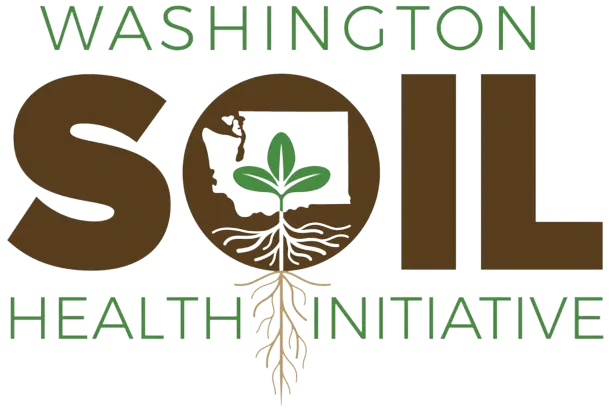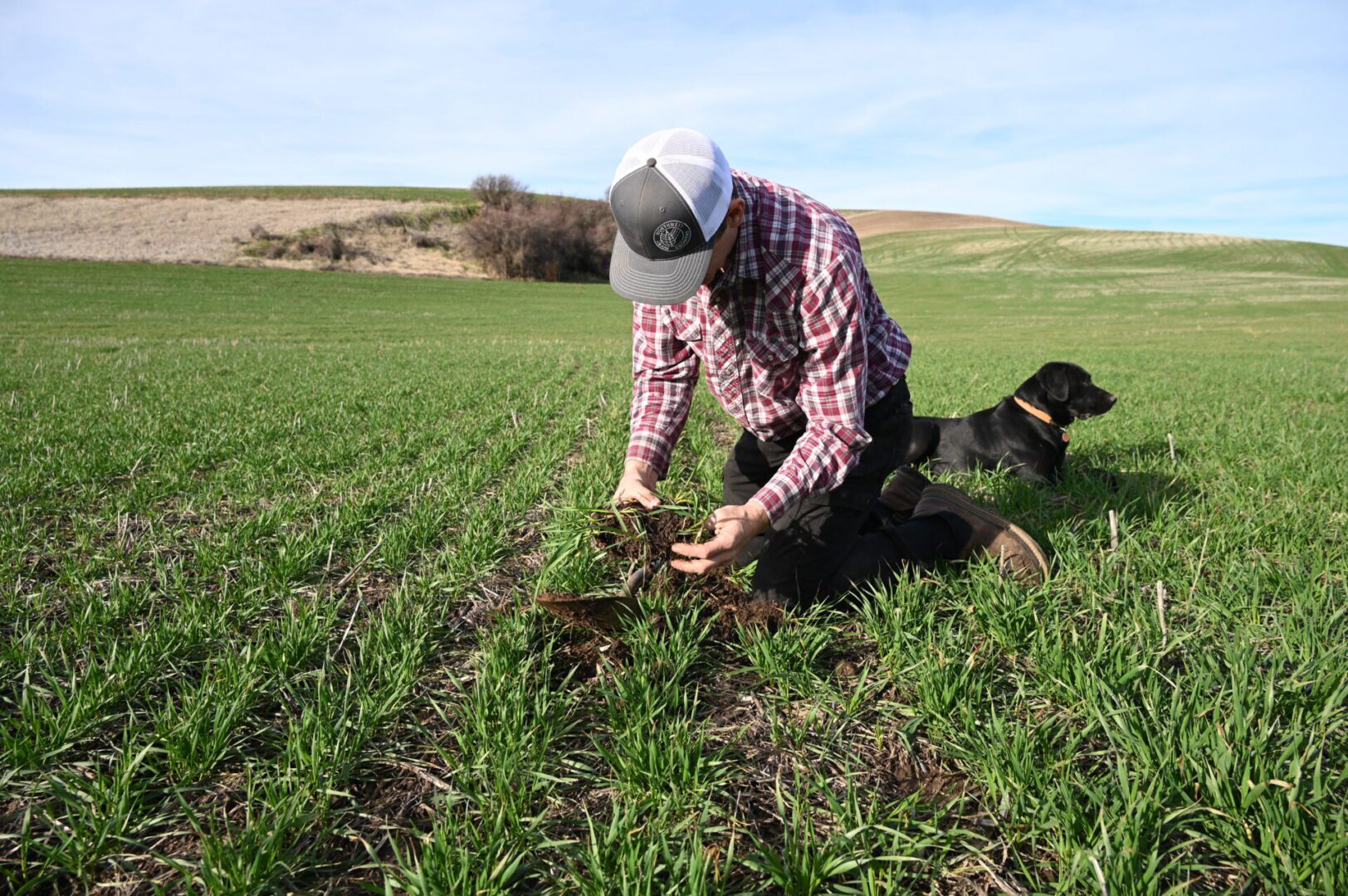
Announcing the 2023 Producer of the Year Award Winner: Clay and Rachel Hutchens
Clay and Rachel focus on managing residue and prioritizing a diverse crop rotation in ways that will work for their land in the years to come
March 13, 2024
Author: Leslie Michel with quotes from Clay Hutchens
Clay and Rachel Hutchens of Hutchens Family Farm were nominated for the 2023 Soil Health Producer of the Year by Aneesha Dieu, District Manager for the Columbia Conservation District. As 4th generation dryland farmers, the Hutchens farm in the rolling hills of the Palouse, just outside of Dayton, WA, at elevations from 1,400 ft to 3,500 ft. They grow staple dryland crops, including winter wheat, spring wheat, spring barley, spring canola, garbanzos, dry peas, and yellow mustard.
Clay and Rachel are very thoughtful and intentional in the way they farm. Focusing on managing residue in ways that work for the land in the years to come and prioritize using a diverse crop rotation to improve crop yields and better manage soil nutrients and organic matter.
The Hutchens also focus on keeping the soil covered through no-till and residue management, “Rather than just thinking of [residue] as a waste product and something I wish I could get rid of, I think of how we can work with this to get something that we want. It's an attitude and a mindset. Working with something rather than just trying to figure out how to get rid of it.”
“For us, crop rotation has been important. Oftentimes, either one out of every four, or two out of every five years will be a broadleaf crop, and the other years will usually be cereal crops. Economically, winter wheat is our most stable crop.”
Clay’s commitment to farming and the farming community goes beyond his leadership on the farm. His dedication is demonstrated through volunteer work. Clay has served on the Columbia Conservation District Board for over 20 years; he is on the Northwest Grain Growers co-op board; and serves as the Vice President of the Columbia County Association for Wheat Growers. He also is a volunteer firefighter for the Columbia County Fire District #3, and a high school volunteer assistant basketball coach.
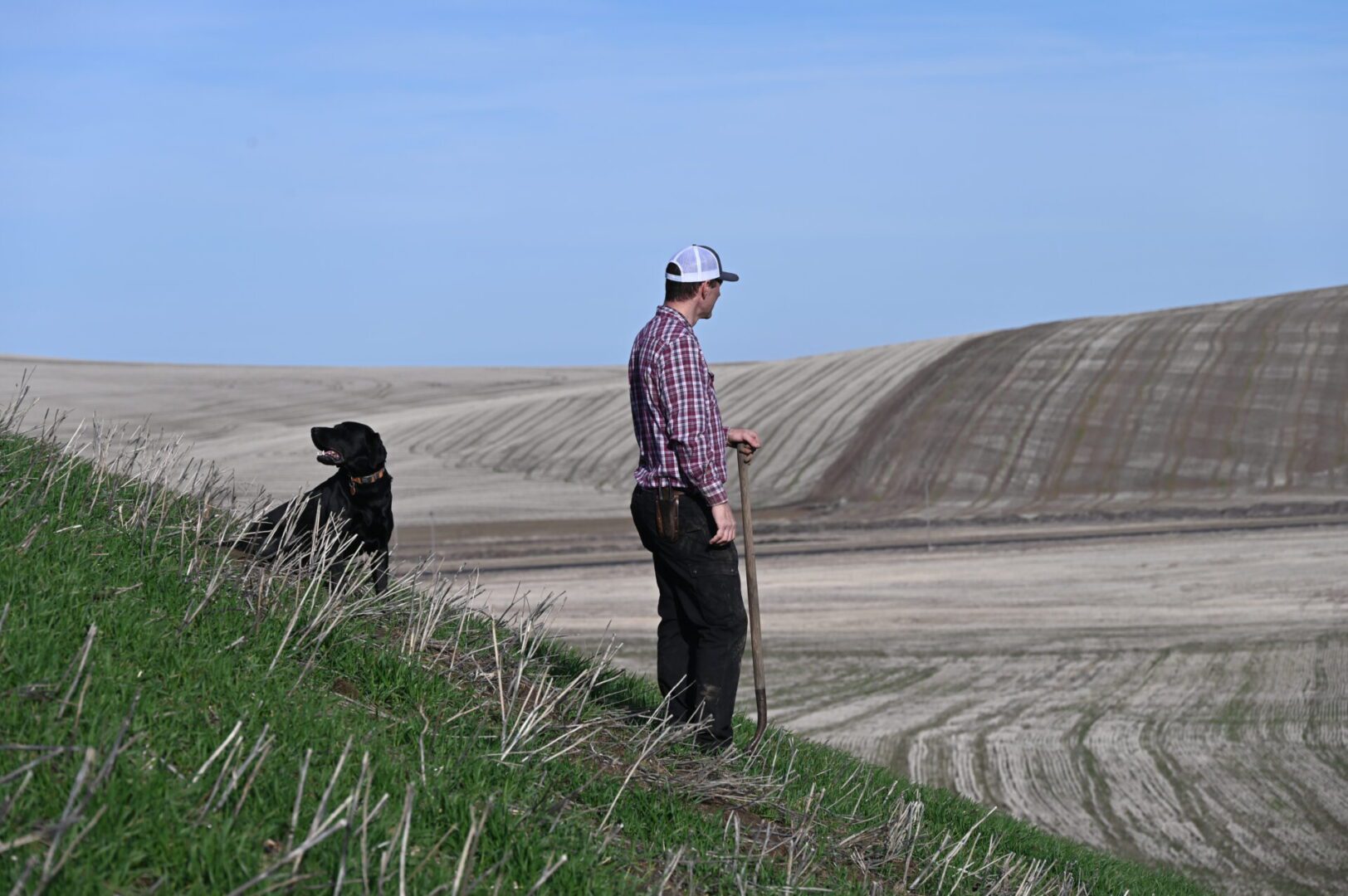

What made you interested in soil health and implementing soil practices on your farm?
In my mind [soil health] begins with soil conservation, keeping the soil in place where it belongs. We farm some steep hillsides, up to 55%, and water erosion can be a real problem in [our] topography.
My father and grandfather were very progressive, taking the technologies that they had at the time and trying to be sure that the soil stayed in place. Once we got into direct seeding, [we saw] the soil change from adding the previous year's crop to the soil. Keeping the soil covered with crop residue, as an armor for the soil, protects it from eroding. It also provides a food and fuel system for the environment, which is the soil life.
There is so much that we don't understand that goes on in the soil. I'd like to say soil health is easy to quantify, but it's not. You can't define it, but you know when you start to see it. When I walk across our fields and I run the soil through my fingers, when I stick a shovel in the soil and compare it to some fields that maybe are in a different type of system, you can see changes that are going on within the soil. The way the soil crumbles in your fingers, the tilth, color, the way that it smells.
When you see the soil change you understand that some good things are going on.



What challenges have you faced implementing soil health practices?
Farming, in general, is a challenge. Farming has lots of challenges, but that's what makes it fun. That's what makes it exciting as well. Trying to do something better than we've done before is what keeps me pushing forward because it keeps it fresh, it keeps it new, it keeps it interesting. We're farming differently now than we did ten years ago. I think that we will have some more breakthroughs when it comes to equipment that can handle some of our topography and residue challenges.
I'd just like to see more and more conservation farming, more and more farming that encourages soil health rather than just thinking about it as a medium with which to grow a crop.
Thinking about the soil as a living, active being that is providing healthy crops to help feed the world.
For all the challenges that come with farming, it takes motivation to keep pushing through the challenges that we face. We're dealing with a dynamic environment that is different every year, so you never know for sure what's going to be thrown at you.
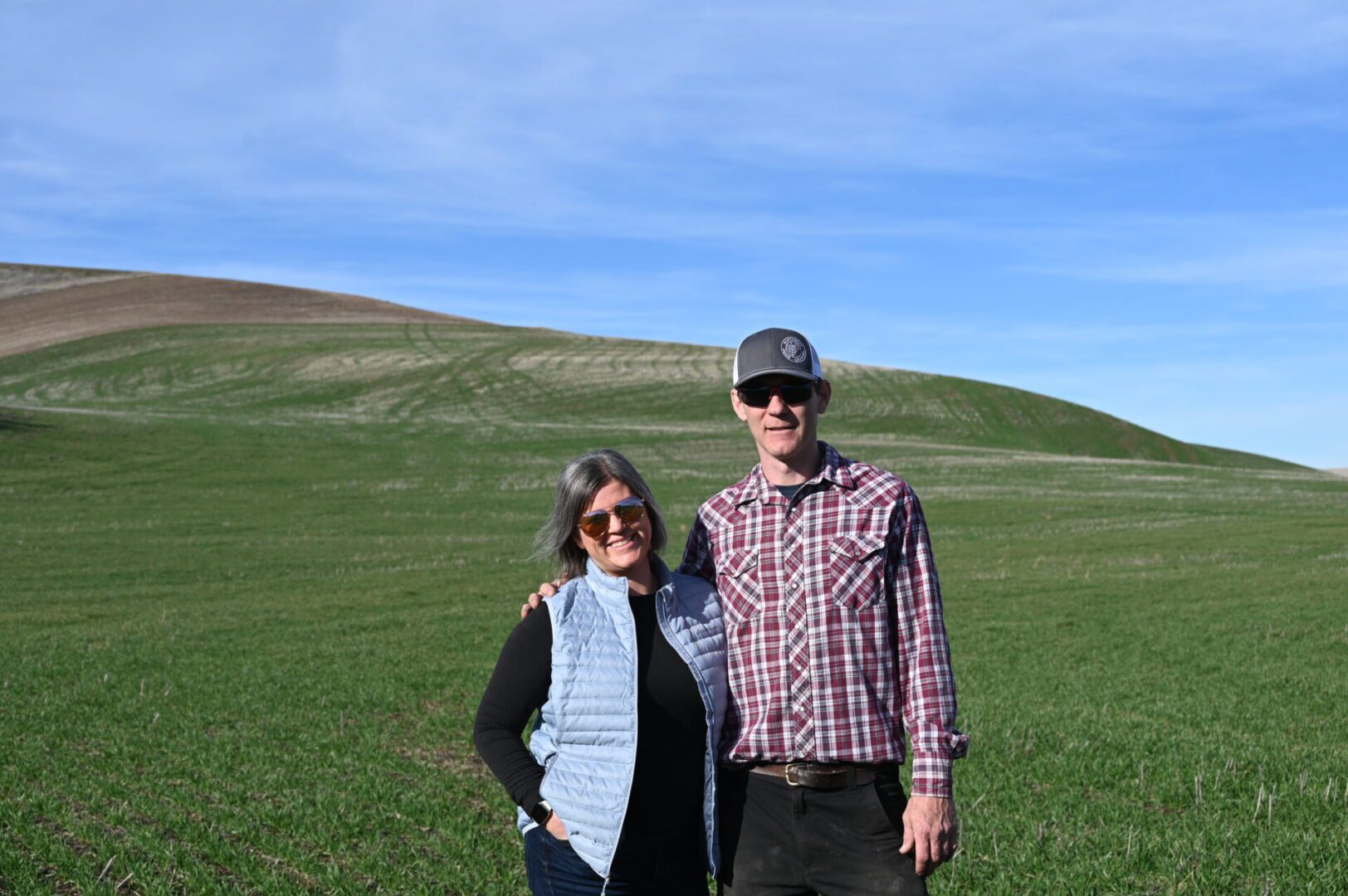

What advice would you give someone interested in soil health?
I don't think soil health looks the same in every region. Even in eastern Washington, where I am, might look different than it looks 15 miles from here because the rainfall patterns might be different. The idea of what crops you can grow might be different.
First look at it from a regional approach. Maybe THIS will work here? Start small, and figure out what works in your region. Don't try to copy something from somebody in a completely different area. Keep trying and continue to seek out new information. Don’t do the same thing over and over, but try to tweak it to get better results. Push forward even when it gets hard.
I think there is a lot we can learn from each other. I've tried to take good ideas from other farmers and put them to use on my farm, in my rotations. I've taken a lot of ideas from neighboring farmers in the county, but I haven't tried to copy anyone, and I don't necessarily think I ever should. I think we all have a little different take on the best way to farm.
Anything else you would like to highlight?
I want to highlight how important agriculture is to civilization. The idea of having safe and abundant food for a population that's 8 billion and growing all the time. It has a lot of far-reaching impacts. If the world didn't have a safe and abundant food supply, the instability that we think we're facing now would just multiply many times over.
I'd like to appeal to the population to think about how important it is to have a food supply, where people like me and my neighbors are working to balance food production in an environmentally stable manner, are providing food for the world. The impact of agriculture is super important and I'd like the general population to [consider] as they're eating their meal that somebody has worked hard to get that food from the ground, to a warehouse, to a grocery store, to their plate.
And just keep the farmer in mind.
Learn more:
Clay's Home Conservation District: Columbia Conservation District
Find your local conservation district
Watch Clay Hutchens on Washington Grown: https://www.youtube.com/watch?v=O_-4-ZARQm4
Soil Health Producer of the Year Award – nominate a farmer today: https://washingtonsoilhealthinitiative.com/producer-spotllights/
Want to connect with Clay?
Fill out the form below
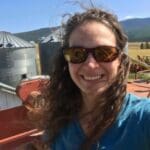

Leslie Michel
Leslie works with counties on the Voluntary Stewardship Program through the Washington State Department of Agricutlure, providing technical support on their monitoring plans. She also assists with the Washington Soil Health Initiative and Sustainable Farms and Fields program by providing support for soil sampling.
This article was published by the Washington Soil Health Initiative. For more information, visit wasoilhealth.org. To have these posts delivered straight to your inbox, subscribe to the WaSHI newsletter. To find a soil science technical service provider, visit the Washington State University Extension website or the Washington State Conservation District website.
